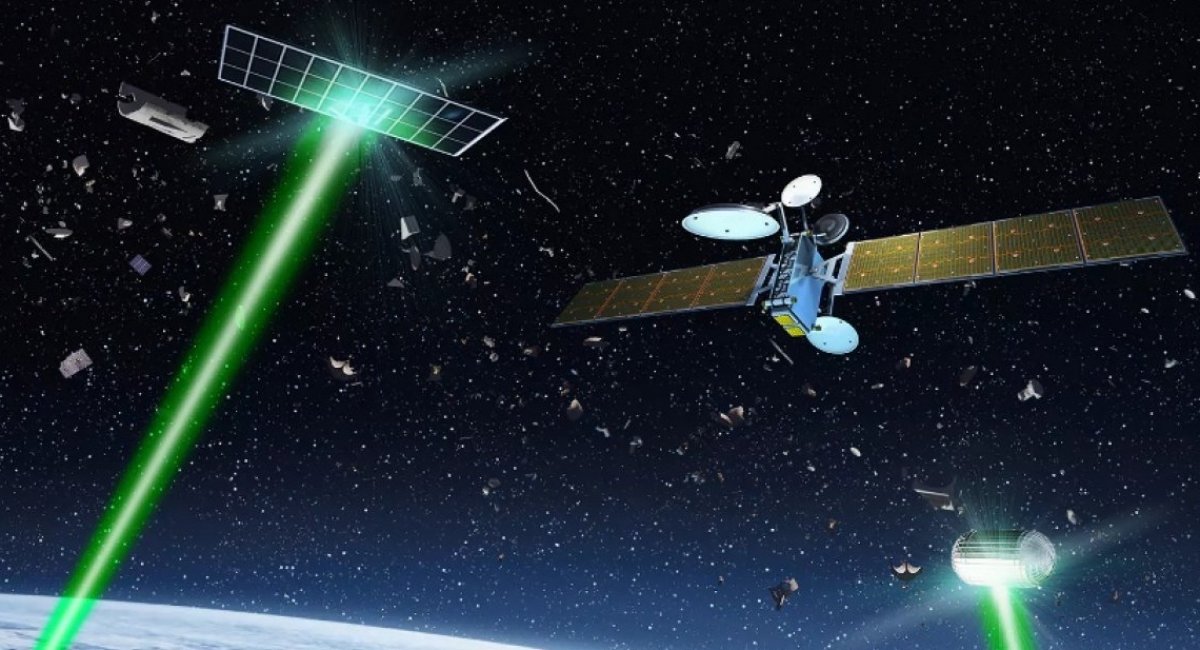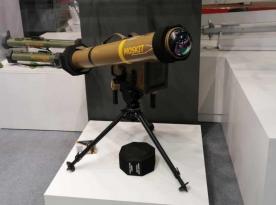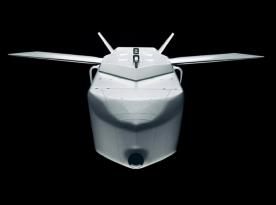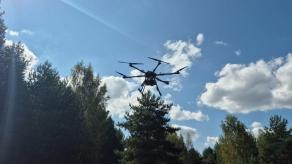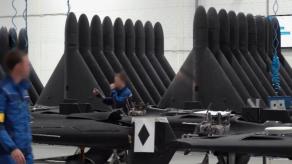Recently, Australian company Electro Optic Systems (EOS) unveiled its new laser system, Atlas Space Control, at the International Astronautical Congress (IAC) 2025. It is designed to detect, track and characterize objects in orbit in real time.
It will be produced in stationary, mobile and transportable configurations. Thanks to its advanced telescopes and dome structures, Atlas Space Control provides deep situational awareness of space both day and night, including faint and hard-to-reach objects.
Read more: 3D-Printed Fuel For Javelin and Stinger Sparks Logistics Revolution
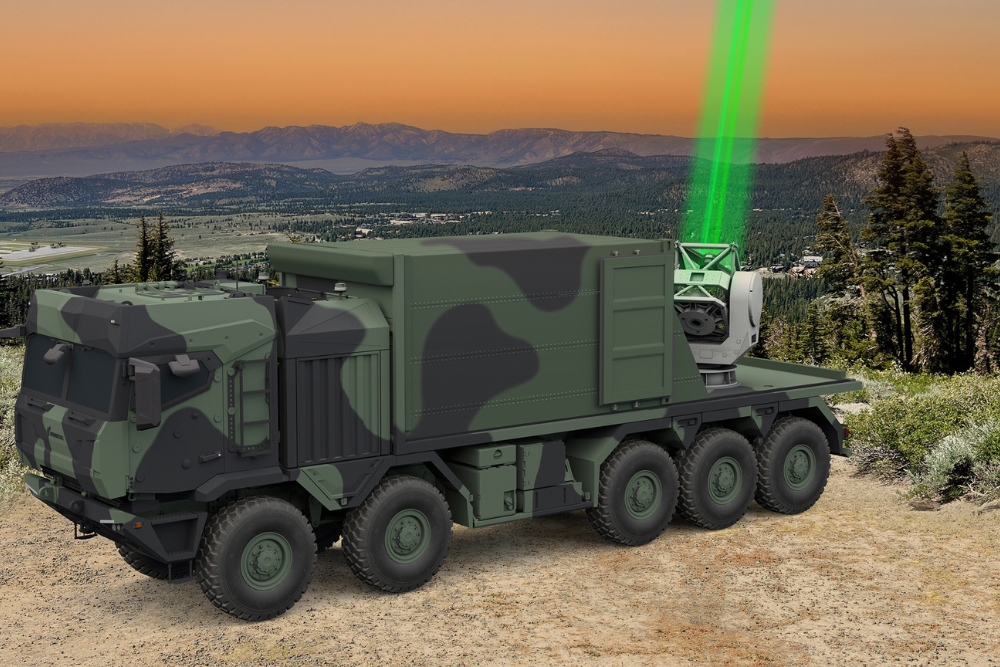
It likely can detect both large and small satellites as well as space debris. That makes it possible to monitor objects in orbit from virtually anywhere in the world.
But the most interesting claim from the company is that the system provides scalable power levels that allow operators to tailor effects for different mission needs, from deterrence to active intervention.
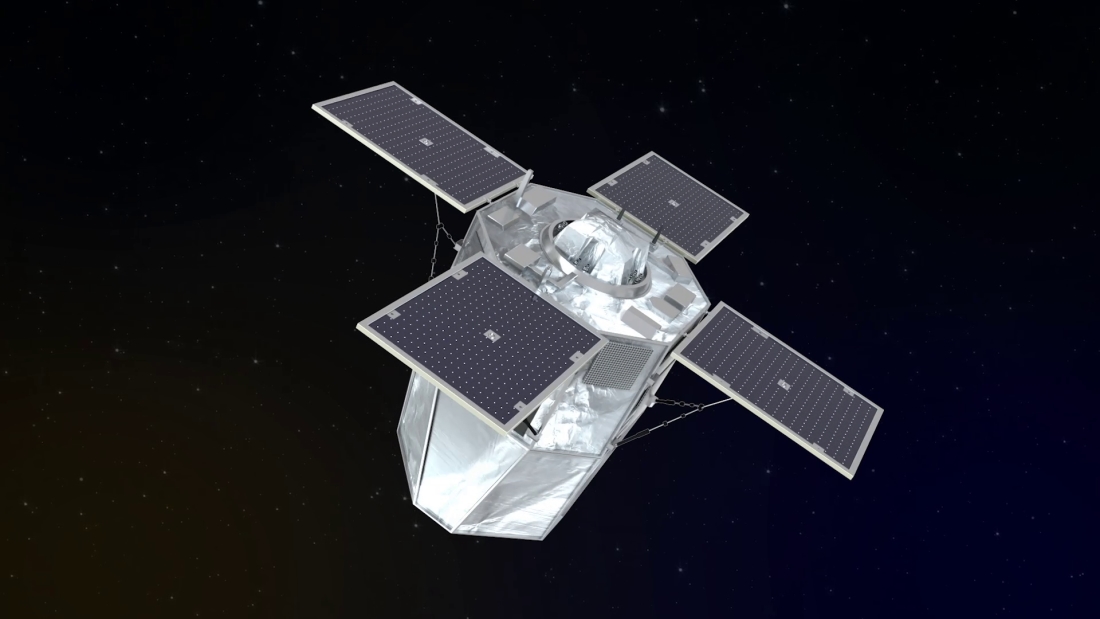
One can infer that, in addition to detection, observation and classification, Atlas Space Control may be able to softly counter satellites for example by dazzling their sensors or even degrading their functionality.
However, it should be noted that striking a satellite with a laser is a very hard task: satellites are at huge distances, move at high speed, and the atmosphere distorts and scatters laser beams. Building a system capable of overcoming all these obstacles requires extremely complex calculations, very high pointing accuracy and truly large power.
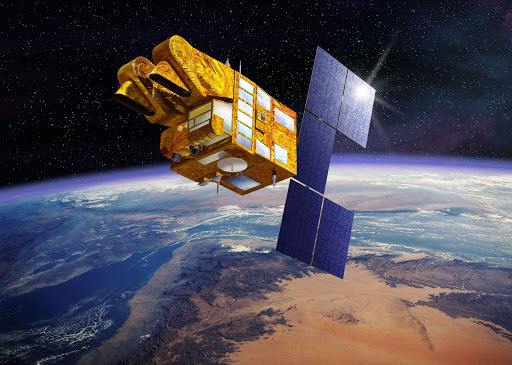
Nevertheless, such systems are not impossible. For example, China possesses a system of this type. It is stationary and very large; it was built around 2003 and entered service in 2004.
That Chinese complex is unofficially known as Bohu, after its location in Bohu County, Xinjiang and it is only one of several such installations in China.
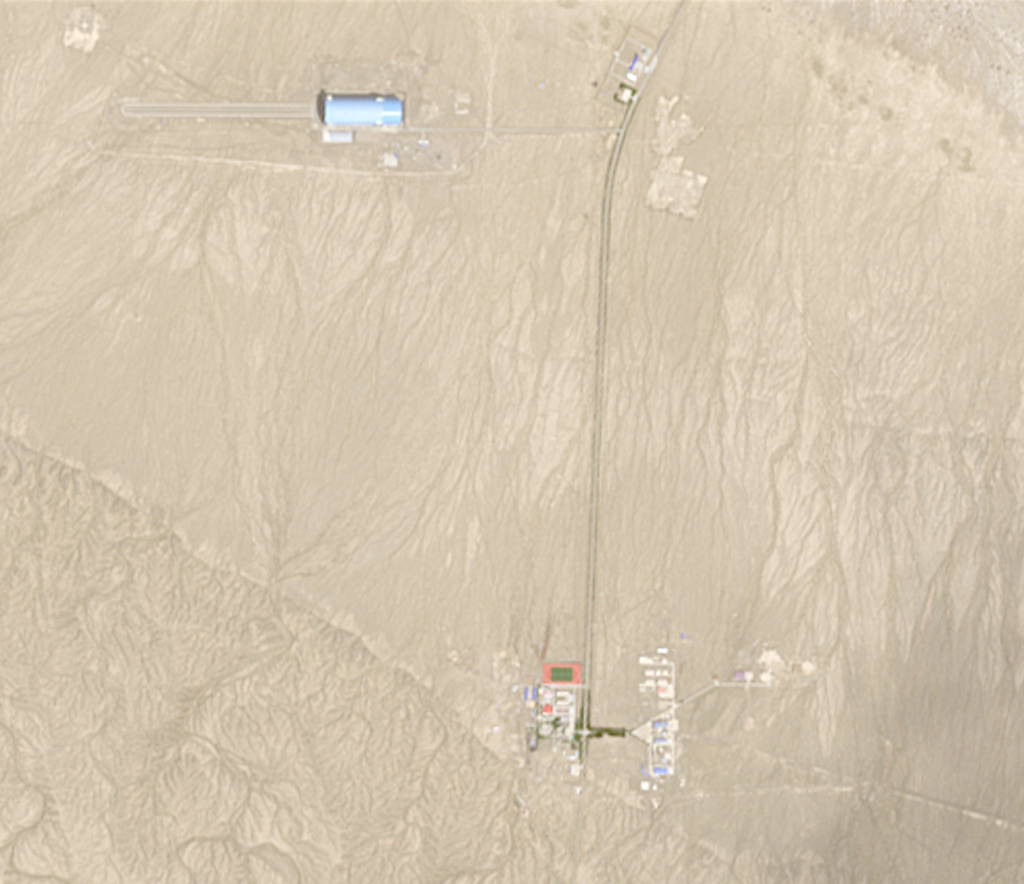
A 2022 U.S. Department of Defense report on Chinese military power noted that the PRC has numerous ground-based laser systems of varying power levels to blind, degrade, or damage satellites, including limited capabilities to employ lasers against satellite sensors.
Whether the new Australian system truly has similar capabilities remains unknown, since the company disclosed only limited information about it, but some of the wording in the official press release points in that direction.
Read more: Ukrainian Wild Hornets Workshop Reveals How Many russian Drones Downed by Sting Interceptors in Five Months




